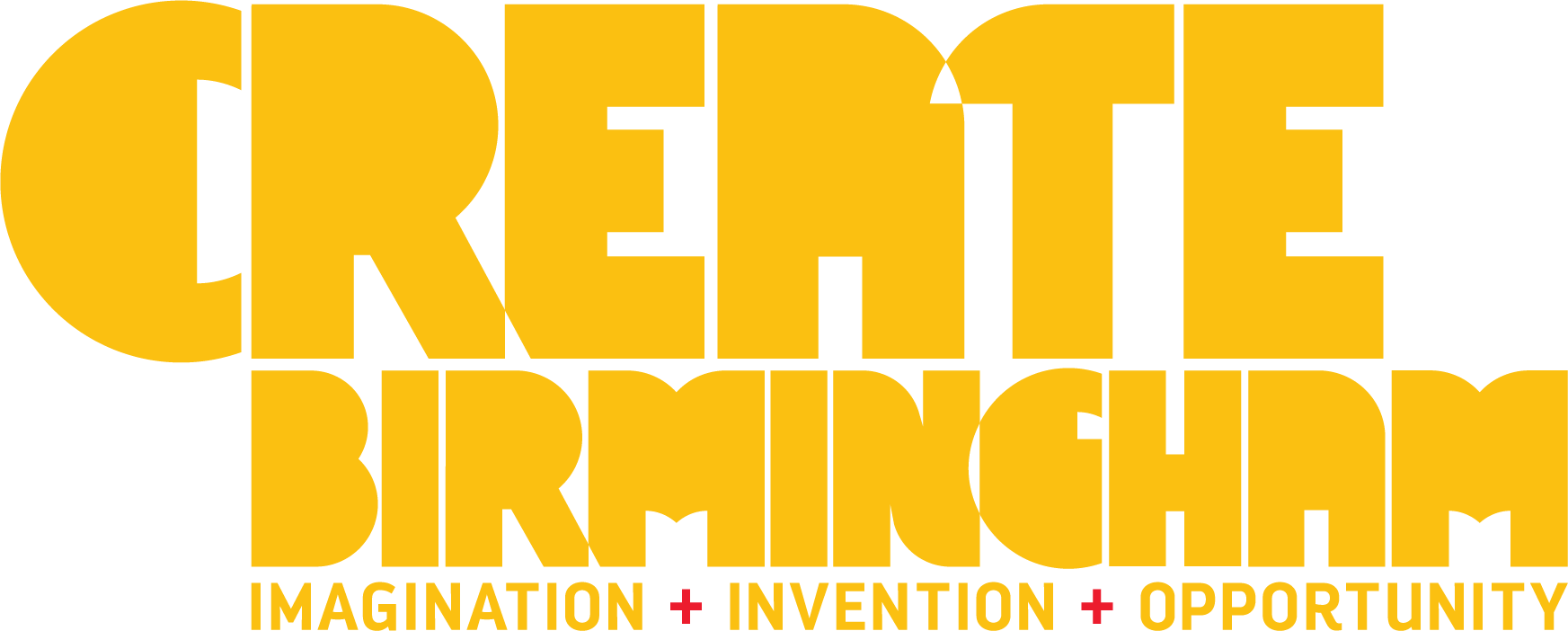The arts and cultural sector contributed $804.2 billion or 4.3 percent to the nation’s gross domestic product (GDP) in 2016. This represents an increase of .1 percent from 2015 when economists reported that the sector added 4.2 percent or $763.6 billion to the U.S. economy. The 4.3 percent contribution for 2016 is part of the latest report of the Arts and Cultural Production Satellite Account (ACPSA), produced by the Bureau of Economic Analysis and the Office of Research & Analysis at the National Endowment for the Arts.
- Arts and culture play a significant role in the country’s economic activity. The value added to the GDP by arts and cultural production is nearly five times greater than that of the agricultural sector. Arts and culture adds nearly $60 billion more than construction and $227 billion more than transportation and warehousing to the U.S. economy.
- Arts and cultural goods create a trade surplus. In 2016, the U.S. exported nearly $25 billion more in arts and cultural goods and services than it imported, a 12-fold increase over 10 years.
- The average annual growth rate for arts and culture outperforms the growth rate of the total U.S. economy. From 2014 to 2016, the average annual growth rate in the contribution of arts and culture was 4.16 percent, nearly double the 2.22 percent growth rate of the total U.S. economy.
- Consumer spending on the performing arts has risen significantly. Between 1998 and 2016, the rate of consumer spending on performing arts admissions more than doubled, rising from 0.12 percent of U.S. GDP in 1998 to 0.26 percent, totaling $32.7 billion, in 2016.
Read the full report from the National Endowment for the Arts here.



















